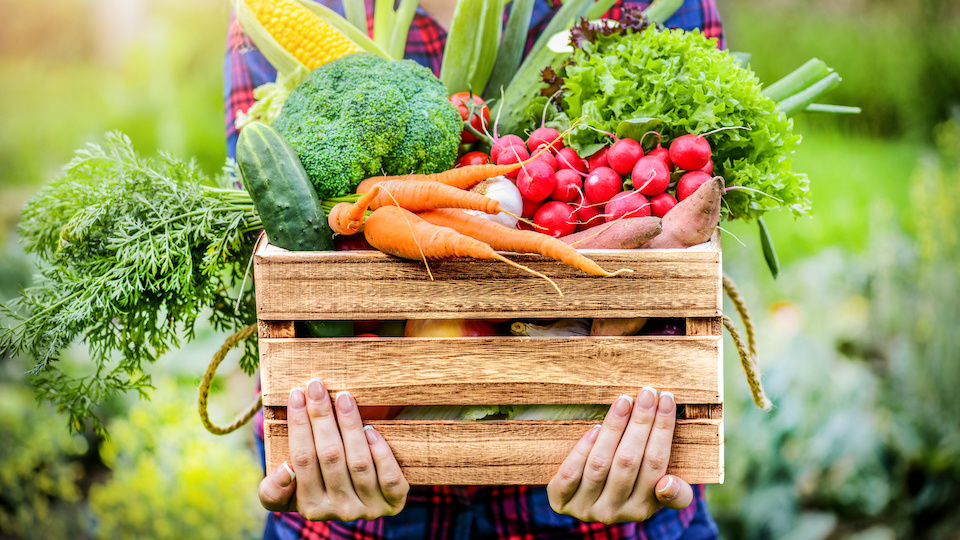Have you ever been so blessed by a massive harvest that you become overwhelmed? I know the feeling! Sometimes you just have so many fresh veggies that you become worried about using them all before they go bad. Believe me, this is a problem. However, you can turn your problem around if you follow these tips on preserving and keeping your harvest fresh for longer.
Don’t leave harvest in the sun
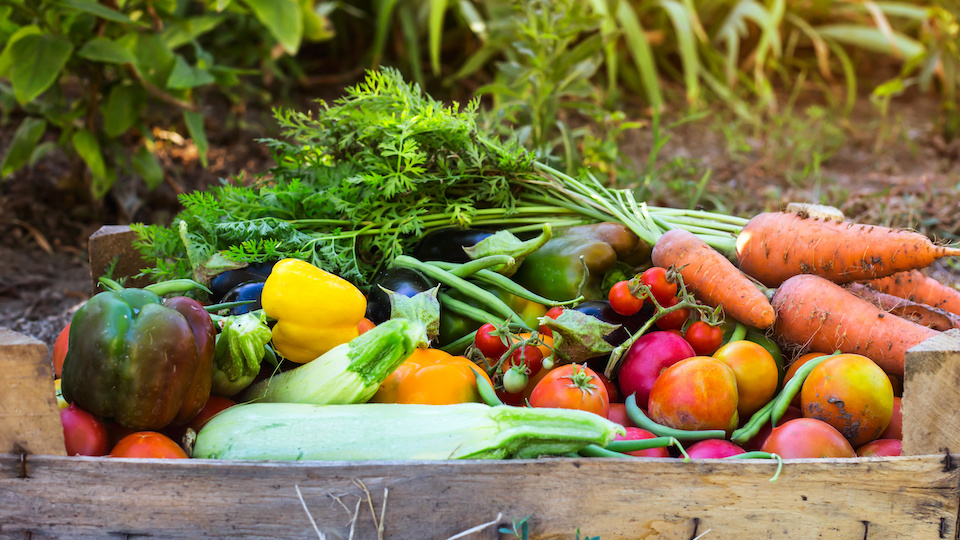
As soon as you are finished harvesting, bring your produce indoors. Leaving it outside in the sun for too long after harvest can make it mushy. On the other hand, if you accidentally pick anything prematurely, let it sit in a sunny spot like a kitchen window or on the patio so that it can finish ripening.
Know which fruits and vegetables need to be in cold storage

Not all produce benefits from cold storage. Vegetables including green beans, broccoli, cauliflower, yellow squash, summer squash, asparagus, peppers, green beans, berries, Brussels sprouts, and cucumbers should be stored in your fridge in your crisper. Store mushrooms in a paper bag in the crisper. Store ears of corn in their husks and lettuce and leafy greens in airtight bags. To keep asparagus really fresh, place stalks in a glass of water in the fridge.
Most fruits, including melons, citrus, and tomatoes, should be stored on the counter out of direct sunlight. Nectarines, apricots, and other stone fruits do well on the counter until they are ripe, and then you can move them into the fridge. Place cherries in the fridge immediately after picking in an airtight bag.
Wrap greens
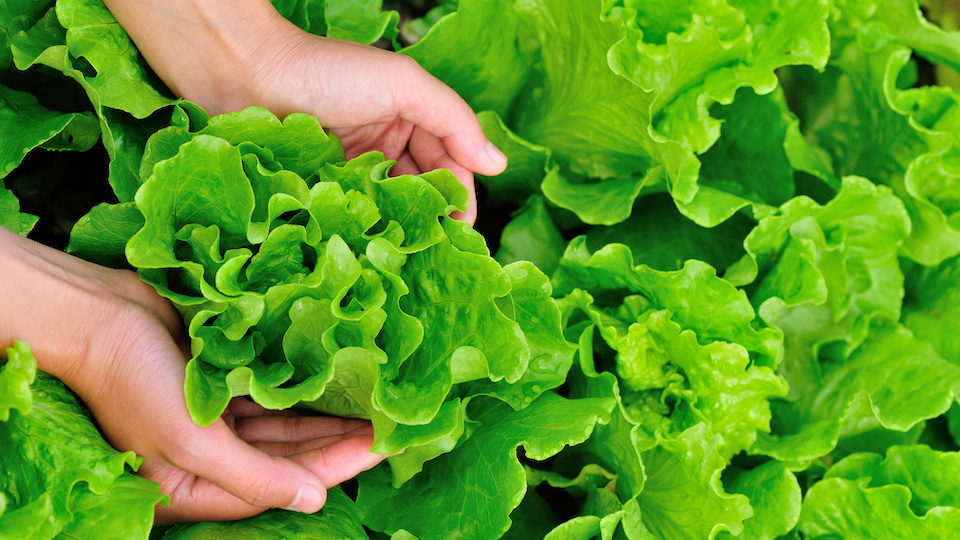
Leafy greens such as lettuce and swiss chard go bad pretty fast after picking. However, if you don’t plan on using them right away, you can wrap them in a damp paper towel and place them in a zipper bag to keep the humidity high.
Keep some in the dark
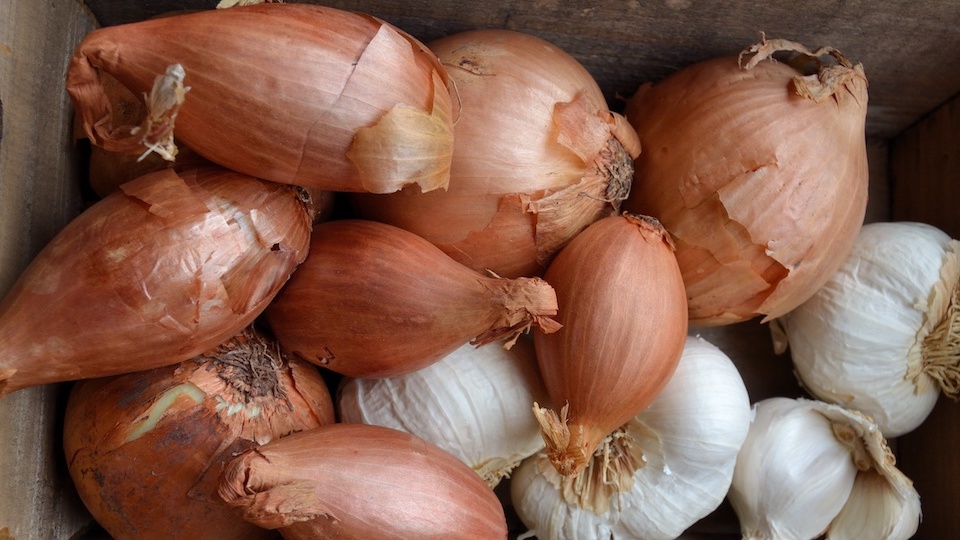
Onions, garlic, shallots, winter squash, and pumpkins prefer a dry climate away from direct light. To preserve these harvest goodies, place them in a dark and cool cupboard. Be sure to keep the paper coating on garlic until you are ready to use it.
Treat your herbs like flowers

To keep harvested herbs, including mint, basil, and cilantro fresh longer, make bouquets, place them in a cup or vase with water, cover them with a plastic bag, and place them in the fridge. This helps balance out the moisture. The only exception to this is basil which should be left on the counter in a vase to get some sunlight. For woody herbs including sage, rosemary, oregano, and thyme, wrap in a damp paper towel and store them in an airtight container back in the fridge. I also love to make herb ice cubes. To do this, break apart herbs by hand and add them to an ice cube tray with olive or coconut oil. Once frozen, it is easy to pop out an herb cube and add it to your favorite dishes.
Leave in the ground

This may seem strange, but leaving some hardier veggies in the ground, such as beets, carrots, turnips, parsnips, and rutabagas, is actually a great way to preserve them. Root crops can be left in the ground into late fall or even early winter. A light frost can actually make these crops taste better. Apply mulch to help keep the ground from freezing and harvest before the ground is completely frozen.
Dehydrate
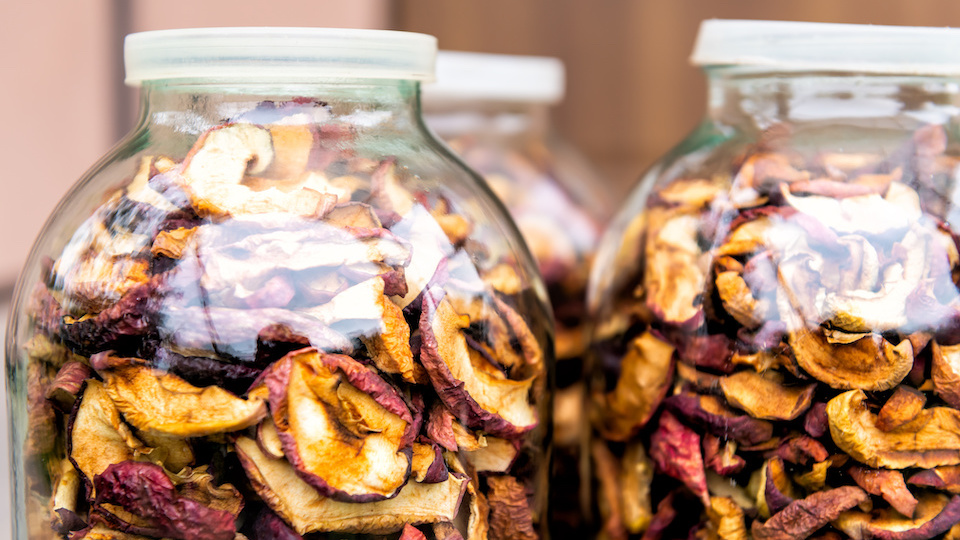
One of my favorite ways to preserve my harvest is to use a dehydrator. Leafy greens, fruit, herbs, root crops, berries, flowers, and veggies can be dried for future use. Store your dehydrated harvest in air-tight jars in your cupboard and enjoy it all year long.
Freeze
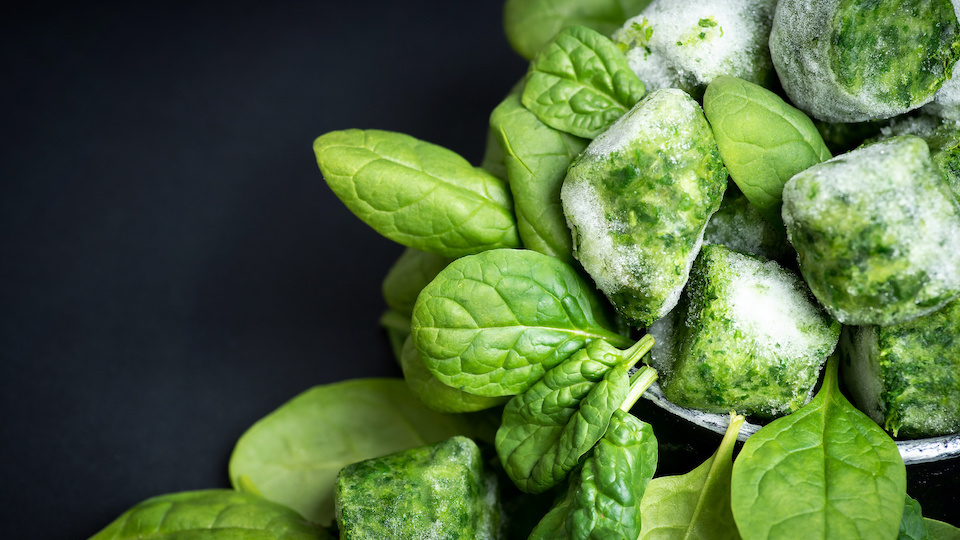
If you are like me, you always have a ton of leafy greens – even after giving bunches away. One of my favorite things to do with greens is to put them in a blender, with just enough water to mix and then freeze the mixture into ice cubes. For an extra nutritional punch, pop a cube in smoothies, soups, and casseroles. Other veggies can be frozen as well. Just remember to wash and dry all produce thoroughly to avoid rot. Most fruits and vegetables freeze best raw, but some need blanching beforehand, including beans, peas, cauliflower, carrots, Brussels sprouts, and broccoli. Also, be sure to get good quality freezer bags or invest in a bag sealing system.
Canning and pickling
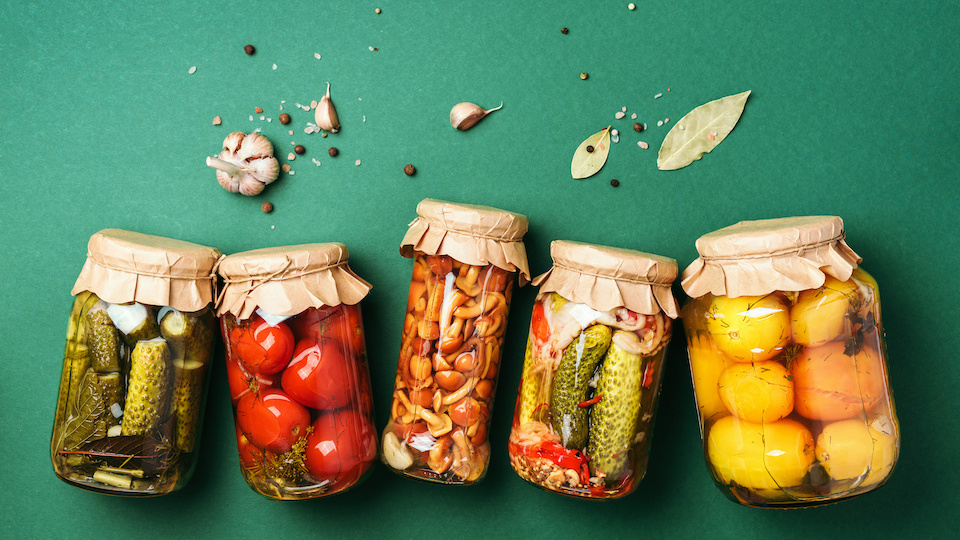
These ol’ time methods of preservation are still popular today and are highly effective ways to keep your harvest longer.
Never store onions and potatoes together
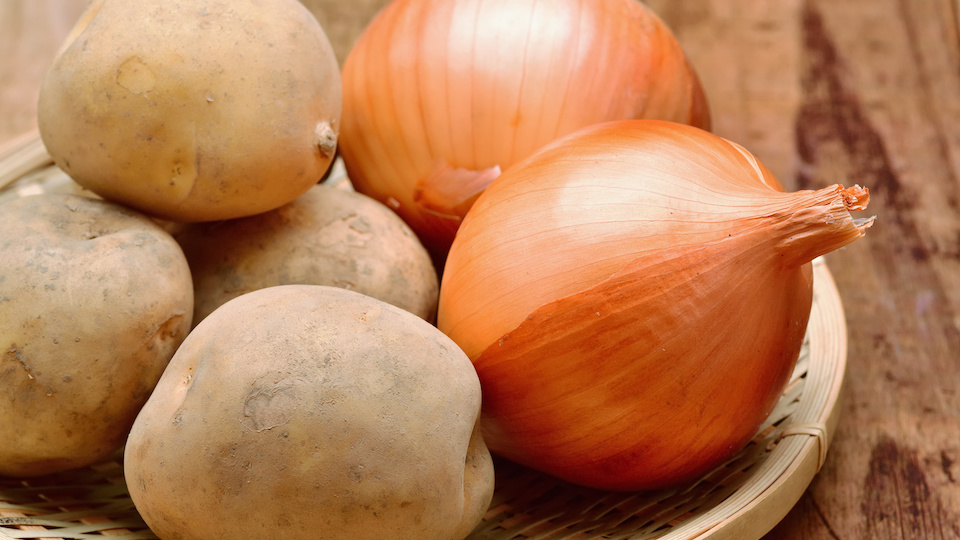
Although they may taste nice together once cooked, onions and potatoes don’t get along well in storage. Store both separately in an area with good airflow. To keep potatoes from sprouting, store them with an apple – the ethylene gas that the apple gives off does the trick and helps you store potatoes longer.
Wash your harvest at the right time
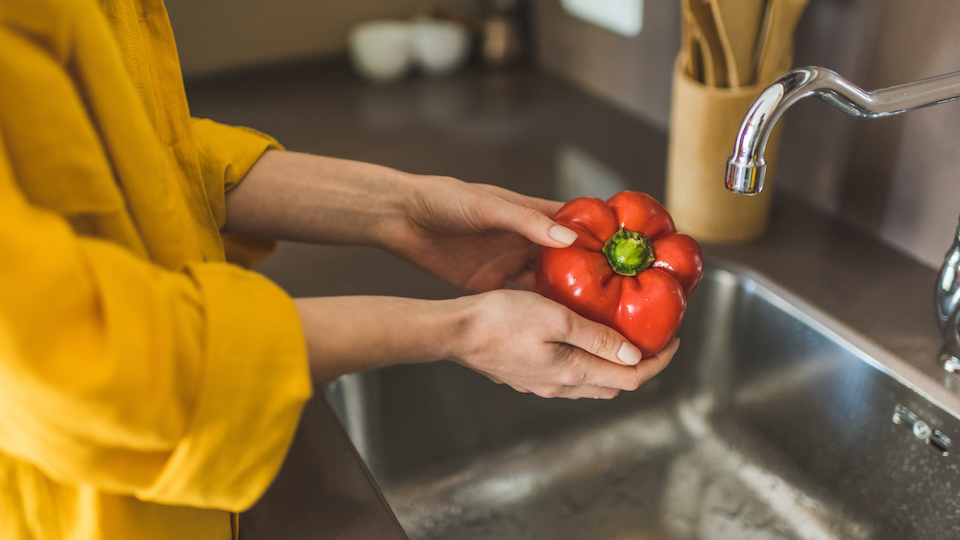
Washing your harvest before it is ready to eat can hasten its spoiling. Always wash right before you are ready to eat for the freshest produce.
Take it easy
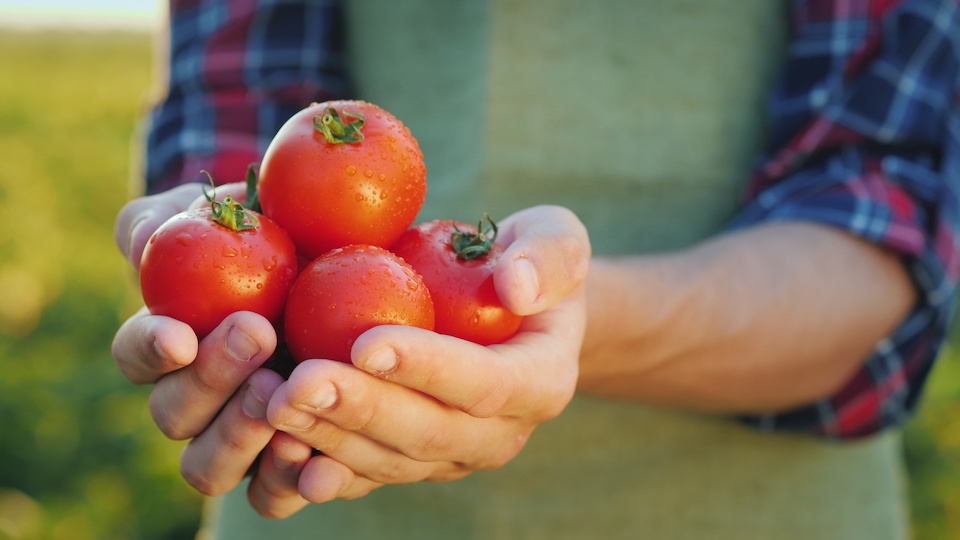
Harvest with care and handle with care are two excellent rules when it comes to preserving your harvest. Fruits and vegetables fresh off the vine are very delicate. If you bruise them or even scratch them, they will ripen and rot quickly. Remember to remove any bad fruit from the bunch, or the whole lot will go bad.
Of course, if you have an extra-large harvest, be sure to give away plenty to friends and family. Follow the tips above to keep what you have left as fresh as possible!
Happy Growing,
-Susan Patterson, CBHC and Master Gardener


